10 Sneaky Ways Convenience Costs You More Than You Think
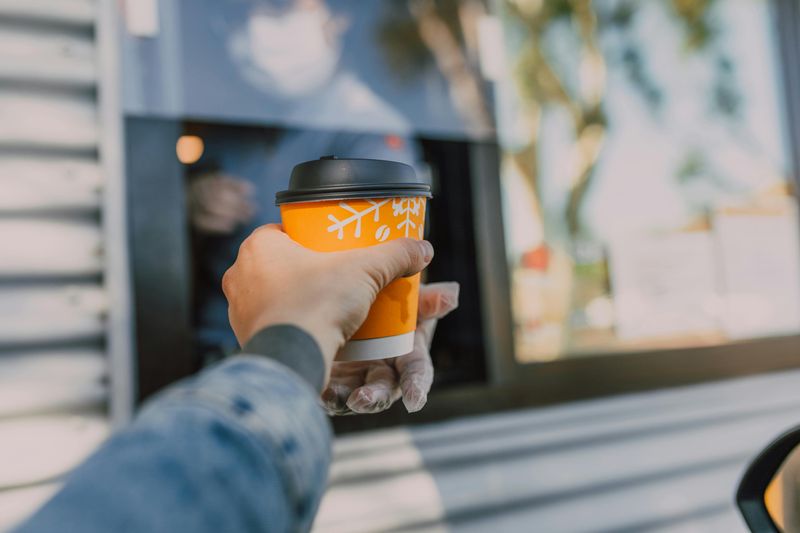
We all love shortcuts and easy solutions in our busy lives. Convenience products and services promise to save us time and hassle, but they often come with a hidden price tag. What seems like a small splurge here and there can actually add up to thousands of dollars over time. Let’s look at some surprising ways convenience might be emptying your wallet without you noticing.
1. Pre-Cut Fruits and Vegetables
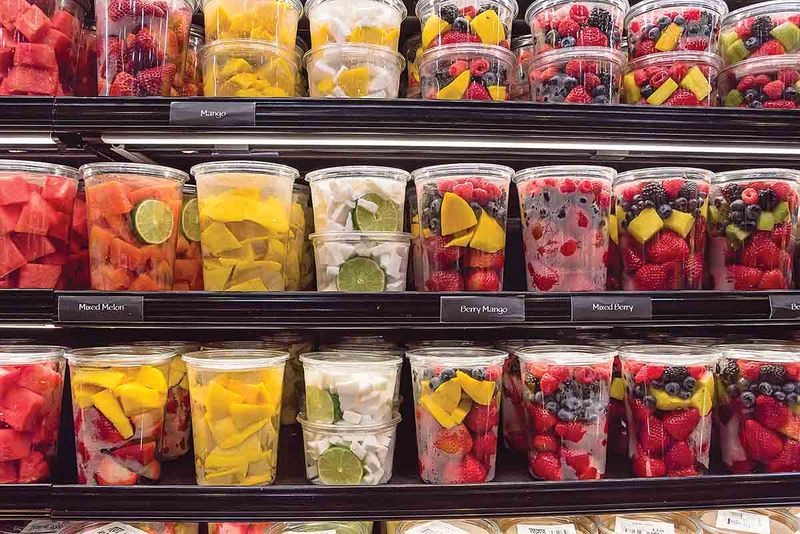
Those neatly packaged sliced apples and diced onions can cost up to four times more than their whole counterparts. A container of pre-cut pineapple chunks might set you back $5, while a whole pineapple costs just $2-3 and yields more fruit.
The markup isn’t just for the product—you’re paying for someone else’s labor and the special packaging. Plus, these convenience foods spoil faster, often leading to food waste.
A family spending $20 weekly on pre-cut produce could save nearly $800 annually by investing 15 minutes with a knife instead.
2. Drive-Thru Coffee Habits
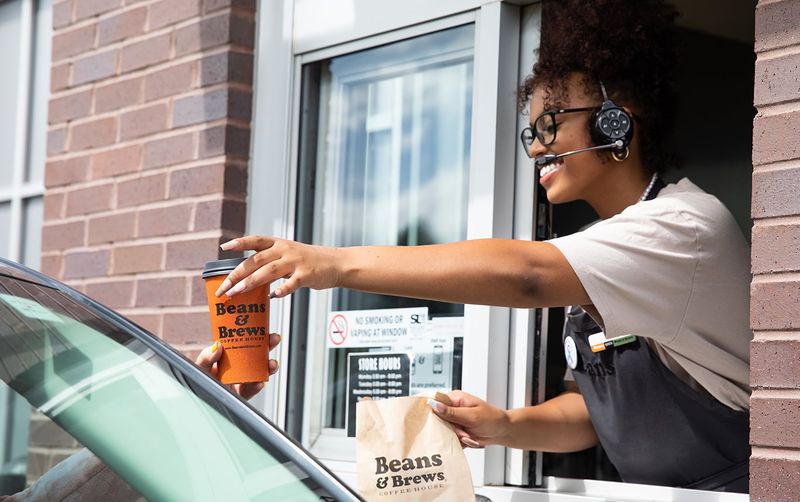
Morning coffee runs might seem innocent—just $5 for that daily latte. But multiply that by 20 workdays a month, and suddenly you’re spending $1,200 yearly just on coffee!
Home brewing costs roughly 30¢ per cup, even with good beans. A quality coffee maker pays for itself within weeks. Many drive-thru regulars don’t even factor this expense into their budgets, considering it too small to matter.
The hidden cost goes beyond money—idling in drive-thru lines wastes gas and contributes to unnecessary emissions.
3. Meal Delivery Services

Food delivery apps charge service fees, delivery fees, and markups on menu prices. A $12 restaurant meal can easily become $20+ after all fees and tips. Many users don’t realize restaurants often inflate their delivery app prices to offset the commission fees.
Ordering directly from restaurants and picking up yourself typically saves 15-30%. Some restaurants even offer pickup discounts to encourage direct ordering.
The convenience factor also leads to more frequent restaurant meals, replacing home cooking altogether for some households—a budget-draining habit that affects both wallet and waistline.
4. Single-Serve Everything
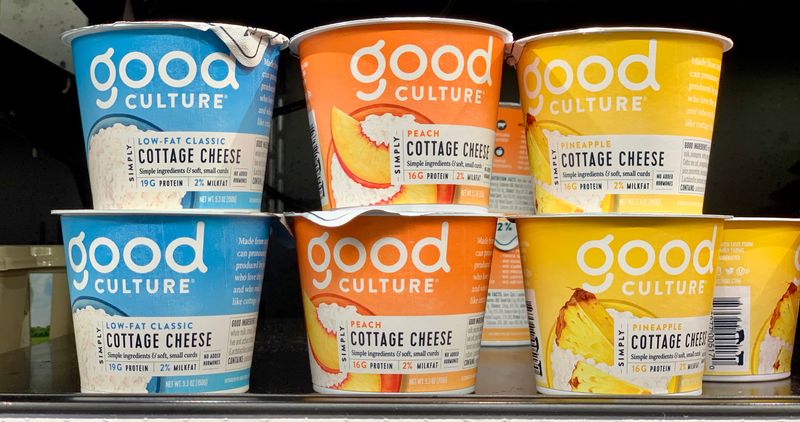
Individual yogurt cups, snack-sized chip bags, and coffee pods carry a massive premium. K-cups can cost $40+ per pound of coffee equivalent, while regular coffee beans average $10-15 per pound. The convenience packaging creates a 300% markup!
Single-serve items generate mountains of waste too. Americans toss billions of K-cups yearly—enough to circle the earth multiple times.
Buying in bulk and portioning into reusable containers takes minimal effort but yields major savings. A family of four could save $500+ annually just by switching from single-serve to family-size products.
5. Subscription Box Overload

Monthly subscription boxes for everything from makeup to dog toys seem affordable at $10-50 each. The excitement of receiving surprise packages keeps customers hooked, even when products go unused.
A survey found the average American has five active subscriptions, often forgetting what they’re paying for. These recurring charges drain bank accounts while delivering items that frequently end up collecting dust.
Subscription companies bank on our forgetfulness—40% of subscribers admit they’ve paid for services months after they stopped using them. Cancellation processes are deliberately complicated to keep that automatic money flowing.
6. Bottled Water Habit

Americans spend over $16 billion yearly on bottled water that costs 2,000 times more than tap water. A daily $1.50 bottled water habit adds up to $550 annually—money literally poured down the drain.
Beyond the financial cost, plastic bottles create environmental havoc. Less than 30% get recycled, with millions ending up in landfills and oceans.
A $30 reusable bottle and $40 filter pitcher provide better-quality water than most bottled brands at a fraction of the cost. The convenience of grabbing pre-packaged water comes with a hefty invisible price tag for both your wallet and the planet.
7. Automated Bill Payments

Setting up automatic payments seems smart—no late fees and less hassle. However, this convenience often leads to subscription zombies—services you’ve forgotten about but continue paying for month after month.
Auto-payments make it easier for companies to slip in price increases without notice. Many streaming services have raised rates multiple times, counting on customers not reviewing their statements carefully.
The set-it-and-forget-it approach also prevents regular service audits. Families frequently pay for premium cable packages or unlimited data plans despite using only a fraction of what they’re paying for. The convenience of autopay can cost hundreds in unnecessary services yearly.
8. Grocery Store Impulse Traps
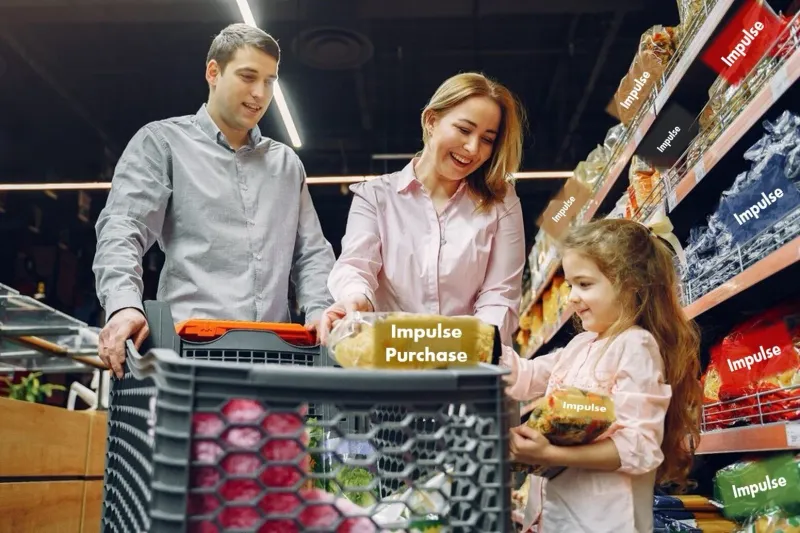
Grocery stores strategically place convenience foods—rotisserie chickens, pre-made sandwiches, and salad bars—in high-traffic areas. The smell of fresh-baked bread and ready-to-eat meals triggers hunger and impulse purchases.
These grab-and-go sections typically mark up items 40-60% compared to making them at home. A pre-made sandwich for $7 contains ingredients worth about $2.
The convenience factor encourages last-minute additions to shopping carts. Studies show shoppers who buy from these sections spend 25% more overall during their visit. Hunger-based shopping decisions rarely align with budget-conscious planning.
9. Rideshare Reliance
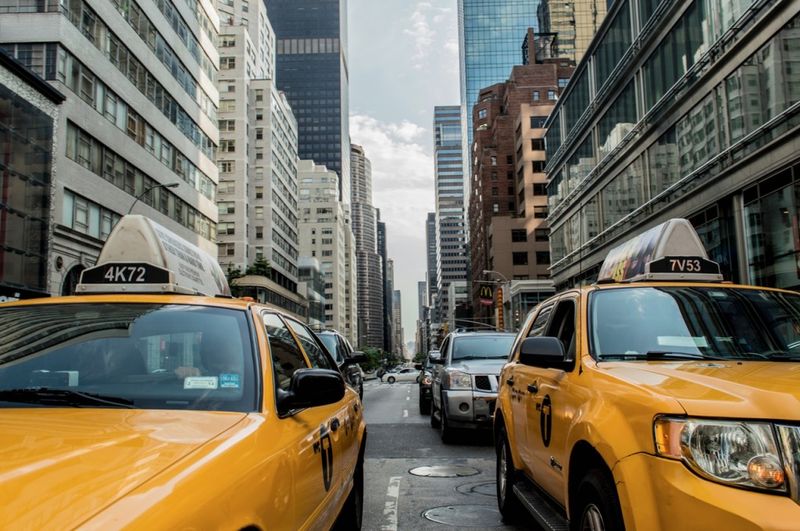
Rideshare services have transformed transportation, but regular users face steep financial consequences. A 3-mile Uber ride averaging $15 twice weekly adds up to $1,560 annually—enough for car payments on a modest vehicle.
Surge pricing during peak times can double or triple normal rates. Many riders accept these inflated prices without considering alternatives like public transit or walking short distances.
The ease of summoning rides has created app dependency for even short trips. Studies show people who regularly use rideshare apps take fewer steps daily and spend significantly more on transportation than those who mix walking, public transit, and occasional car services.
10. Express Checkout Upcharges
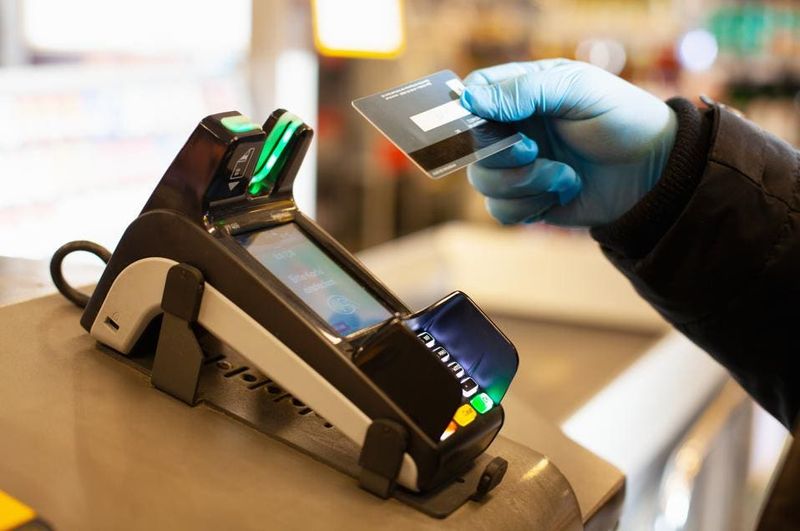
Same-day shipping and one-click ordering options often come with hidden premiums. Many retailers charge 10-20% more for expedited service, plus consumers tend to comparison shop less when using express options.
The psychology of instant gratification leads to more impulse purchases. Studies show consumers spend 23% more when using express checkout features compared to standard shopping processes.
Free shipping thresholds trick shoppers into buying more than planned. Adding unnecessary items to reach the free shipping minimum ($35-50 at most retailers) means you’re spending extra money to “save” on shipping—a clever marketing tactic that increases average order values while making customers feel like they’re getting a deal.

Comments
Loading…